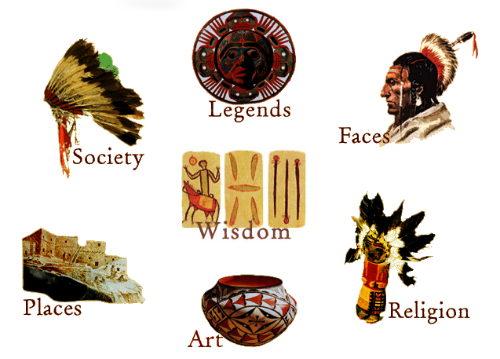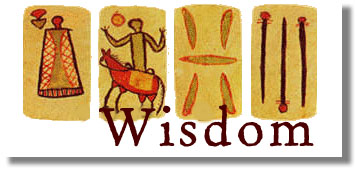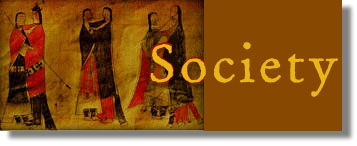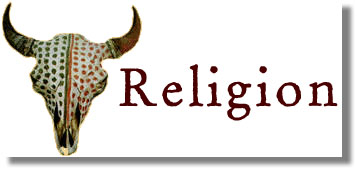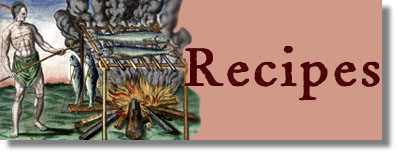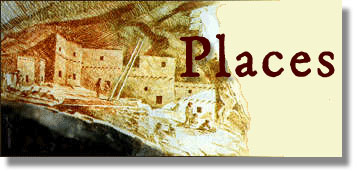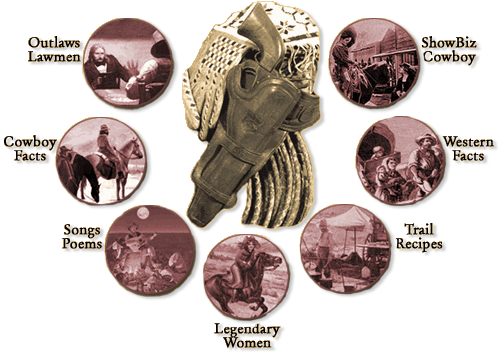
The American West produced many exciting heroes and legends. Gunslingers like Jesse James and Cole Younger, The Dalton Gang; legends like Kit Carson and Calamity Jane bring up images of train robberies, scouting, pioneering, trapping, and gun-fighting cowboy duels. Fascinating women of the wild west, like Annie Oakley (the ultimate cowgirl), Belle Star, Willa Cather, Cattle Kate, Helen Hunt Jackson, and Carry Nation, made a large mark on the Old West as everything from shady characters to leaders (paving the way for women’s rights). The American wild west was an extraordinary time and place in American history.
You’ll find Old West landmarks, like Tombstone and The Alamo, plus tributes to the people like Wyatt Earp, Bat Masterson, Daniel Boone, and Sam Houston who made those sites famous. And then there was Samuel Colt who made the American Wild West into what we know it today just by developing a gun. This is American history at its finest. Learn about the rough life a western cowboy and how he tended his cattle on
the wide open range and how he wore his cowboy boots, cowboy chaps and bandana while working. Feel free to sample our cowboy poetry and cowboy songs sections as well.
You’ll also learn interesting facts about TV and movie singing cowboys and the names of famous horses in western cowboy TV shows and in the western movies, people like Roy Rogers and Hopalong Cassidy. Enjoy an authentic cowboy recipe! Please select from our links to continue your journey into American History and The Wild West.






